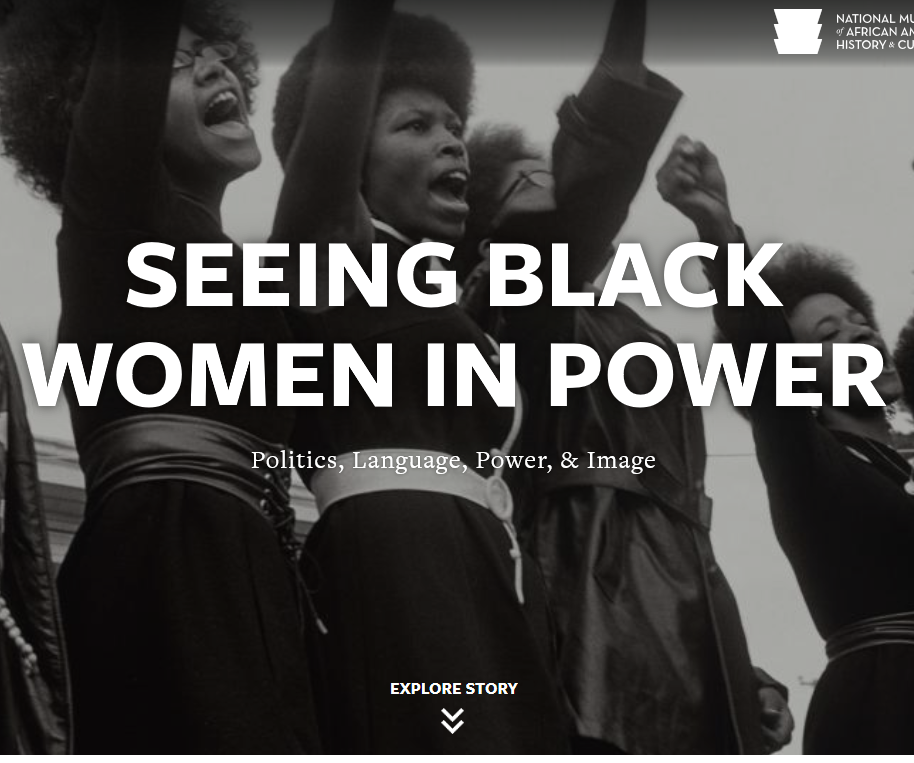 The following is a repost of a story/exhibit on display at the National Museum of African American History in Washington DC. For the full story and all related image, click here.
The following is a repost of a story/exhibit on display at the National Museum of African American History in Washington DC. For the full story and all related image, click here.
Photography and art of black women in the 1960s and 1970s created a new space of recognition. These images of black women presented an opportunity to both celebrate and immortalize their contributions, while making clear the necessity of black women’s voices to movements for equality.
As you walk up the ramp to the Museum’s final history exhibition, A Changing America: 1968 and Beyond, you confront the raised fists of a group of Black Panther women from Sacramento, California. They are surrounded by the bright orange of the exhibit’s detailing as part of a larger Black Power mural.
The image captures an intense moment of protest. These women—Mary Ann Carlton, Delores Henderson, Joyce Lee, Joyce Means, and Paula Hill—represent black women’s voices at the forefront of sociopolitical movements. They show the intense political participation that women demonstrated during the 1960s and 1970s. This political participation continues strong even to this day.
Women’s participation in the Black Panther Party represents one example of this era’s political participation. Women were “tough revolutionaries,” who, by the 1970s, made up nearly two-thirds of the Black Panther Party’s membership. The Black Panther Party embraced gender equality in its organization, but there were still issues with “Panther male chauvinism.” However, many women involved in politics during this era demonstrated the growing realization that women’s voices were integral to sociopolitical progress in the continuing campaign for equal rights.
The photograph also represents the power of images in communicating the importance of these women in political movements. The dissemination of this image, and ones like it, created a new cultural memory. Visuals of black woman employing language and voice to demonstrate political power and engage in activism are integral to our understanding of not only this era of political change, but our current one as well.
The above images represent the fundamental change in gender dynamics during the 1960s and 1970s. These images exemplify the power and position of women who were closely involved with the struggle for black equality during this period. Their style was revolutionary: with their afros and African-inspired dress, they resisted norms of white American beauty. Kathleen Cleaver, Angela Davis, and Sonia Sanchez exemplified the motif of black women refusing to be silenced.
Each woman achieved this in a different way. Cleaver and Davis opted to work through grassroots and radical organizations, operating within communities where their activism created new educational opportunities and tangible programs for economic change. Sanchez, on the other hand, operated in artistic circles through her poetry, which often reflected the unique experiences of black women. Language is one of the strands that binds together these three women. By employing language structured in a variety of forms, they became advocates for both black women and black communities.
Kathleen Cleaver was a Black Panther and activist who is currently a Professor of Law at Emory University. As an advocate for political prisoners and a frequent lecturer on Black Panthers issues, she continues to campaign for equality today.
Angela Davis was also closely involved with the Black Panthers, although not as a formal member. In the above image, she is advocating on behalf of prisoners who were on trial for the murder of a guard at Soledad Prison.